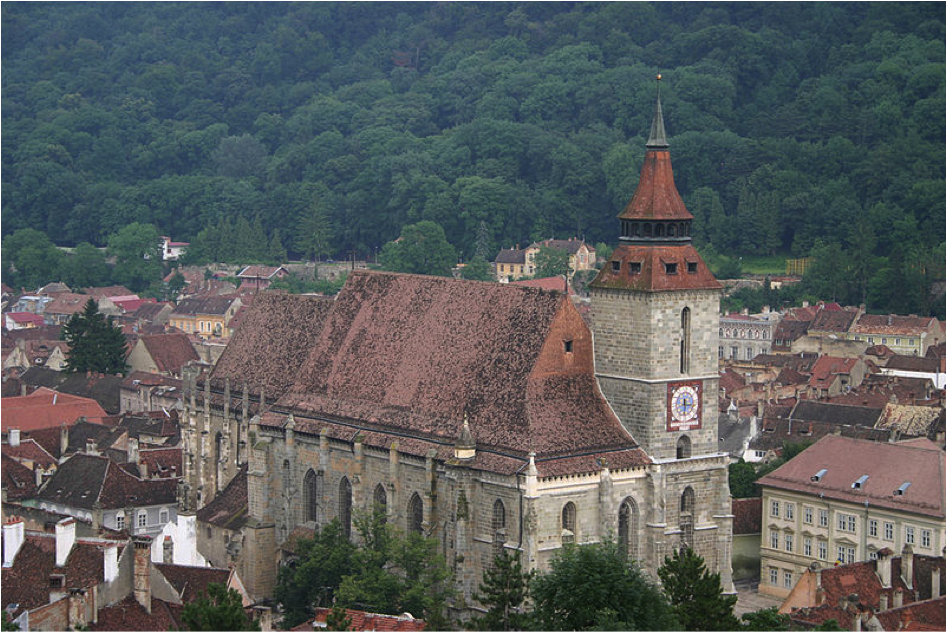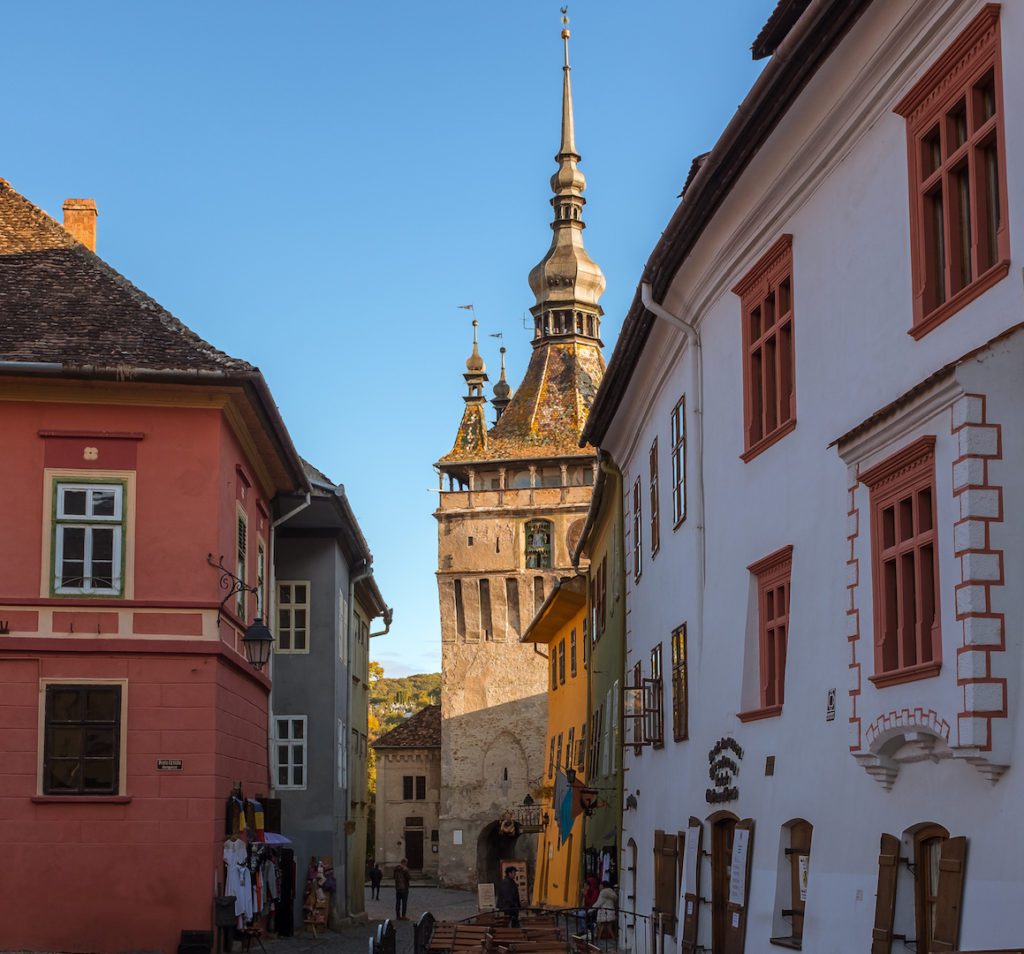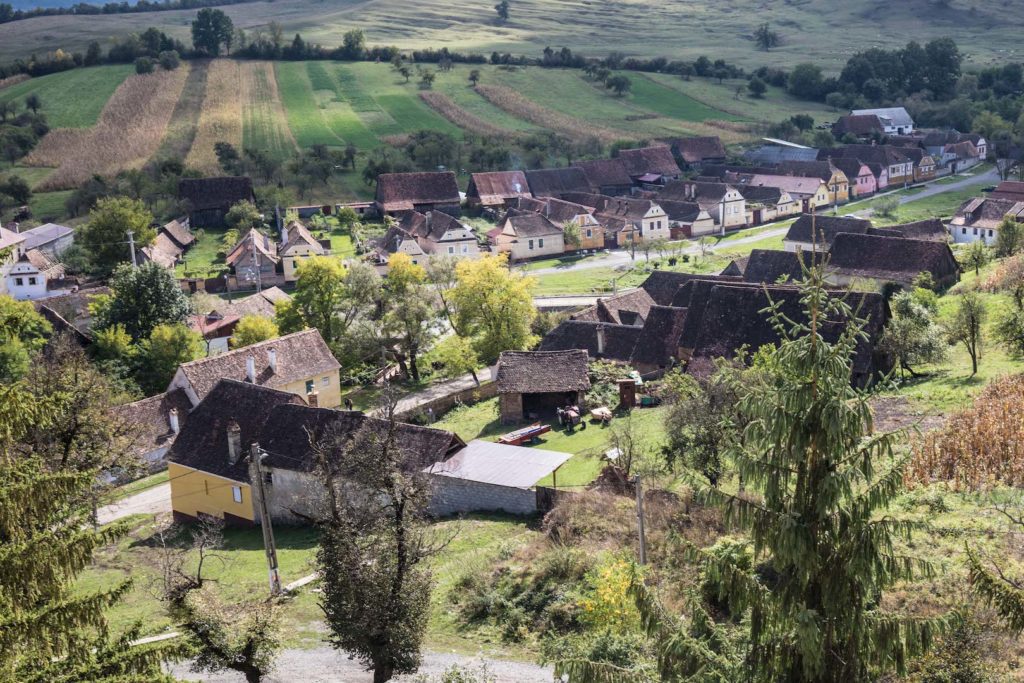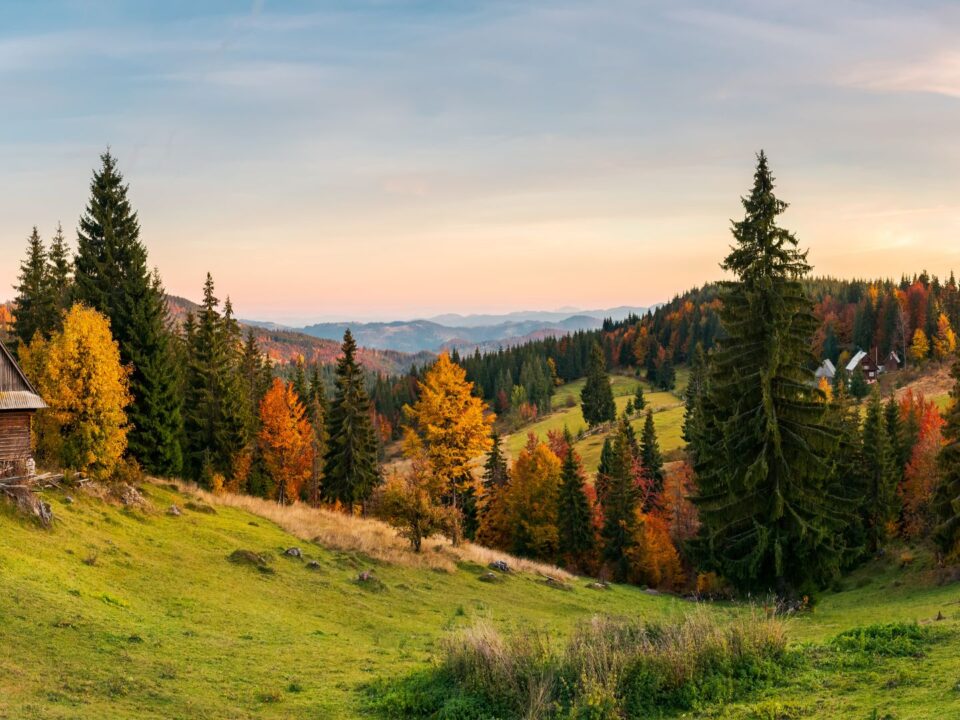
Where Are The Bears?
January 24, 2018
Transylvania’s Fortified Churches
March 16, 2018By Warren Singh-Bartlett
Remember the legend of the Pied Piper? In 1284, the people of Hamelin, a town in the German province of Lower Saxony, hired a rat-catcher to help them with an infestation. Enchanting the rats with his music, the piper was able to lure them into a nearby river, drowning them. Possibly deciding the solution had been too easy, the mayor decided not to pay the piper, who left in a temper, vowing revenge.
A year later, the piper returned and used his flute to lure the village children away into a cave, never to be seen again. At least according to most versions of the story. The tale as retold by the Brothers Grimm has a different ending. The children are still lured into the cave, to the dismay of the townspeople but some of the children manage to dig their way out and emerge to find themselves on the edge of Kronstadt, the Saxon town in Transylvania better known today as Braşov.

The Black Church, or Biserica Neagra, in the old town of Braṣov.
A happier ending than most, this telling provides a legendary link between the children of Hamelin and the Siebenbürgen, the seven great fortified cities and hundreds of villages, founded by the Saxon in Transylvania.
The timeline certainly fits. The Saxons began settling in Transylvania in the 12th Century at the invitation of the region’s then ruler, Geza II of Hungary. This migration was part of a larger wave of German migration known as the Ostsiedlung – or East Settling – that had begun centuries earlier, following the expansion of the Holy Roman Empire, when Germanic peoples spread out all over Eastern Europe, from the Baltics to the Balkans.
In 1241, Transylvania was decimated by a Mongol invasion, which led to the deaths of thousands of people and the enslavement of thousands more. With villages in ruin and vast tracts of land left abandoned, Saxon settlement was increased as the Hungarians sought to shore up the now empty south-eastern borders of their kingdom.

Cositorarilor Tower, Sighisoara, one of the main Saxon towns in Transylvania © Warren Singh-Bartlett
By the 18th century, the Saxons accounted for between 10-15% of Transylvania’s population and though small in number, the community was culturally distinct and spoke a kind of High German said to be similar to ancient Luxembourgish. Saxons tended to marry within their own community and so were able to preserve their own traditions and festivals. Following the Reformation, most became Lutheran, further setting them apart from other Transylvanians and this was when the delicate frescoes that decorate the fortified churches around which their settlements were built disappeared beneath layers of whitewash.
After the fall of the Iron Curtain, a second great migration took place. Lured by the promise of a better life in the ‘homeland’, a country none of them had ever known, 90% of Transylvania’s Saxons picked up and moved to Germany. Almost overnight, their villages emptied and a way of life that had existed for almost eight centuries came abruptly to an end.
Now largely resettled by Roma, the Saxon villages continue to be culturally distinct. Rationally-planned, they managed to retain their historic charm as by and large, the Saxons resisted the march of concrete peddled by the Communists, as well as the collectivisation of farms. Today, they are the last living reminders of the pre-industrial rural life once common all across Europe.

Crit village in Saxon Transylvania, Romania © Chris Caldicott




